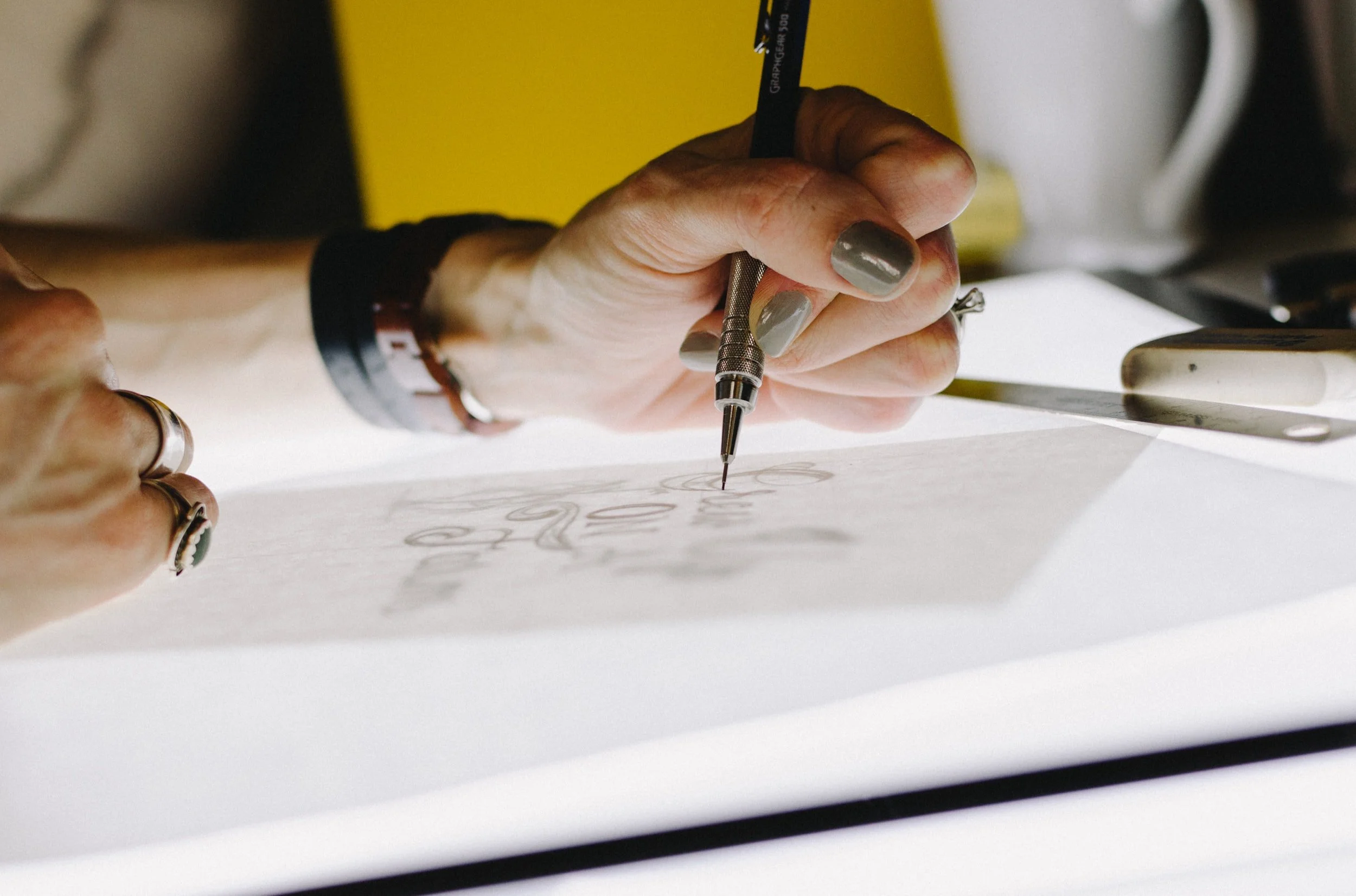7 great tips for junior designers.
So… you’ve just started out in your design job. You’ve learned things from school or perhaps made a career switch. You hear about all these new terminologies, there are multiple apps you need to master, you need to hand over your designs to a development team and you also need to hit your OKRs (or some other metric to measure your productivity).
It can all be a bit much and quite daunting when you don’t have any experience with this. But I’ve been in your shoes so I compiled a few tips to help you out!
1. Don’t be scared to ask for help
It’s already in the name of the role, you’re a junior. You don’t have all the answers yet and it would be impossible for you to know nor should it be expected. There are a lot of senior designers that can help you out if you just reach out your hand and ask for it.
I made the mistake of asking a question too late which just becomes frustrating as you try to work it out on your own. Ask for help and fill in those gaps within your knowledge, this will help you to grow into a great designer.
2. Iterate, iterate, iterate!
Let’s start with a nice quote:
“I fear not the man who has practiced 10,000 kicks once, but I fear the man who has practiced one kick 10,000 times.”
Mastery comes with repetition, this rings true in many different fields and it’s not any different with design. There are many things you can focus on as a designer: typography, layout, color, patterns, visual style and the list goes on.
You can create multiple versions of a design, receive feedback on that and create a new set of designs. You can hyperfocus on certain parts within an interface and/or concept and work out different versions of that. You could even focus on just the colours of the design as they affect the way a person can feel when looking at the design.
When you think you’re done with a design, ask for feedback and try to enhance it even more. By questioning your own designs and receiving constructive feedback you make the step from a good designer to a great designer.
3. Shorten the feedback loop
You need feedback from a colleague and you need it quickly so that you can iterate on your design. In a situation like that, it’s important to shorten the feedback loop as much as possible. You can do this by being specific with the feedback that you need, messaging the person directly, hopping into a call with them to discuss the design you need feedback on, and tagging them in for an async review.
You could even propose a feedback round meeting that could repeat on a weekly basis so you have a specific time set where feedback becomes the focus.
Make the feedback loop as short as possible by asking the right questions and you’ll be flying through your designs.
4. Keep that curious mindset
As a junior designer you come into this world with a different perspective, usually the right amount of curiosity and excitement. This mindset helps you with taking the steps to grow and questioning the current way of working.
Use it to your advantage by cultivating that enthusiasm and keep learning about your craft. Read books, go to events, meet up with other junior designers and most importantly find the joy within these clicks and keystrokes.
5. Get to know stakeholder management
“How do I ask for help from someone I never spoke to within the company?”, “How do I communicate with my team members or even non-team members?”, “How do I say no to a request?”. These are all things that fall under stakeholder management, this is one of the most important skills to have regardless of your level.
Knowing how to communicate your ideas and getting people on board with your ideas helps with furthering your work relations. I’d suggest investing in a course that can help you with getting the basics down and learning from there. If you have a coaching system at your job perhaps stakeholder management could be something you bring up.
Investing time into this is crucial!
6. You have your own voice
As a junior designer, it can sometimes be hard to speak your mind during feedback rounds or even just speak up because you have a certain idea for a way of working. Just knowing that you got your foot in the door by getting hired is already proof of your skill as a designer, and your way of thinking is valuable for yourself and the team.
If you feel that a way of working can be improved or if you just want to speak about it, you should do so. Your voice as a designer is important.
7. Don’t be afraid to make mistakes
Making a mistake always feels like a failure, especially in those weeks/days where you feel like you’re just not delivering the way you should be. But don’t worry mistakes are there to help you along the way.
Not taking a step because you are afraid of making mistakes has the same result as not taking the step at all which is: nothing. Taking the step and failing shows you what you could do better next time, and helps you grow so you won’t make the same mistakes the next time.
Learning about your strengths and weaknesses is important within the work field, and can help you immensely in the long run.
Conclusion
Well, I hope these tips were helpful for you while you are on your journey. These are tips that I’ve received from my managers or just colleagues in general and they have helped me with looking at designs differently.
Just know that you have been hired for a specific reason so they already recognised your talent in some way. Now you just need to see if this is the right place for you and grow into your role so you at some point can be the senior that you wanted to see when you were a junior.
Good luck and see you next time!









